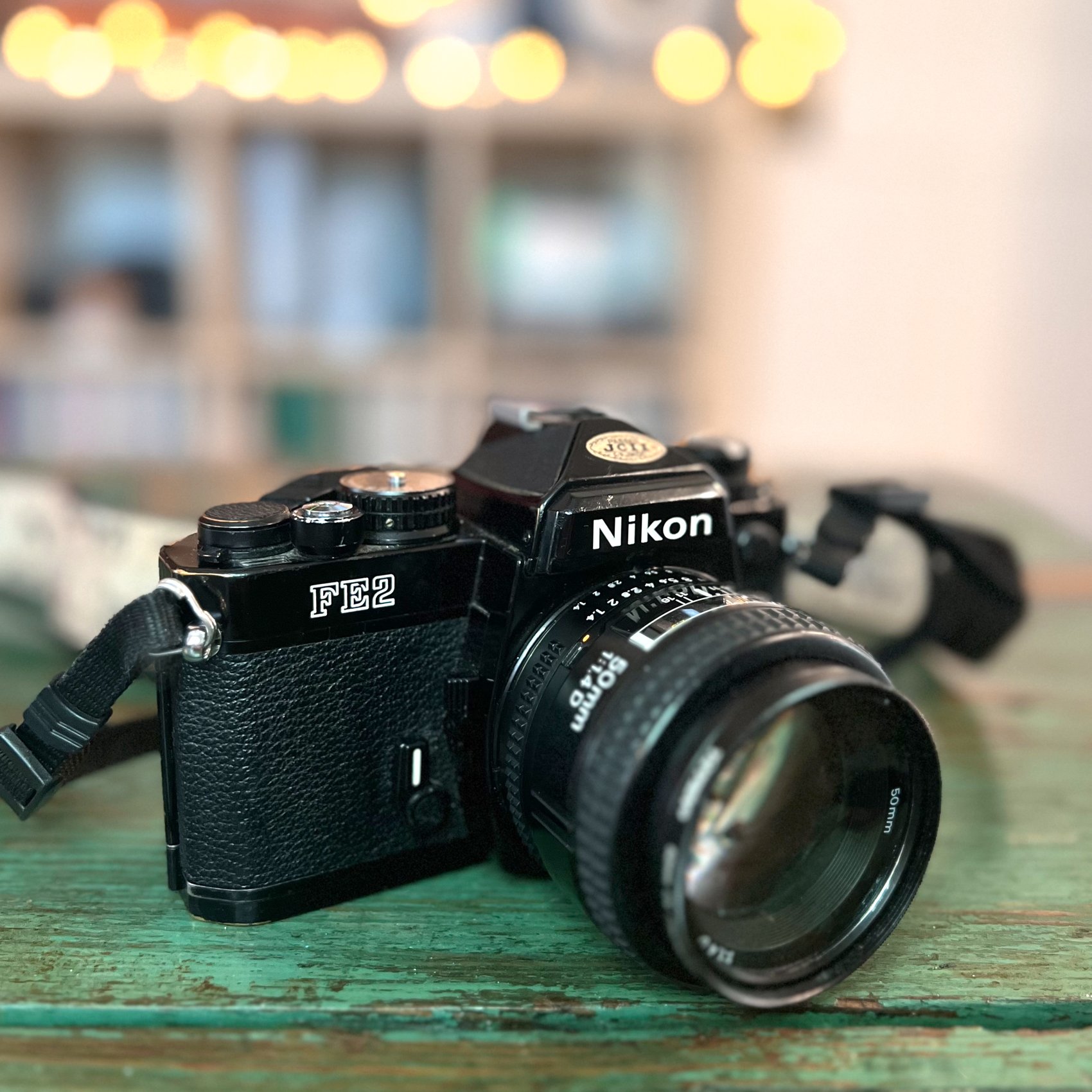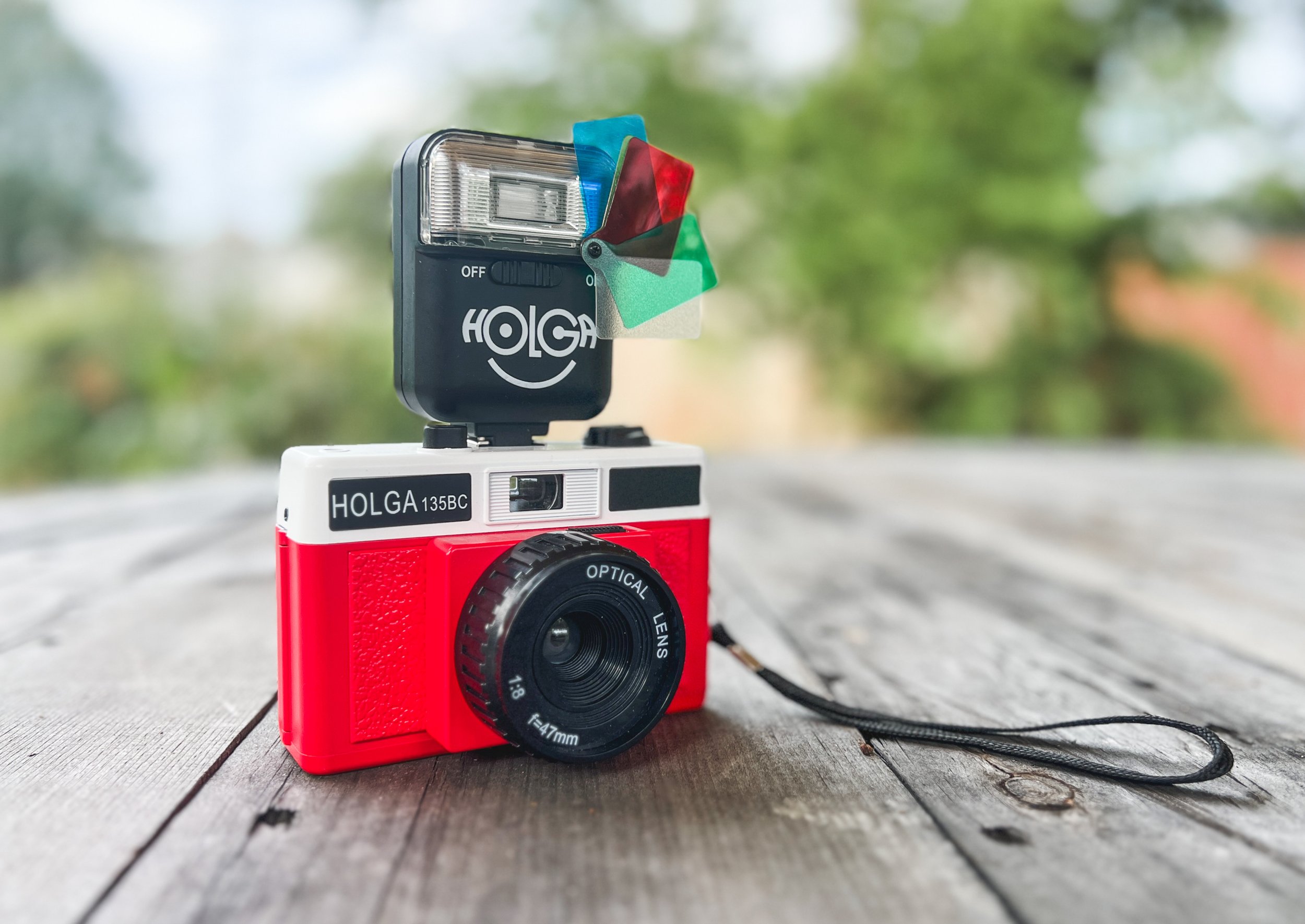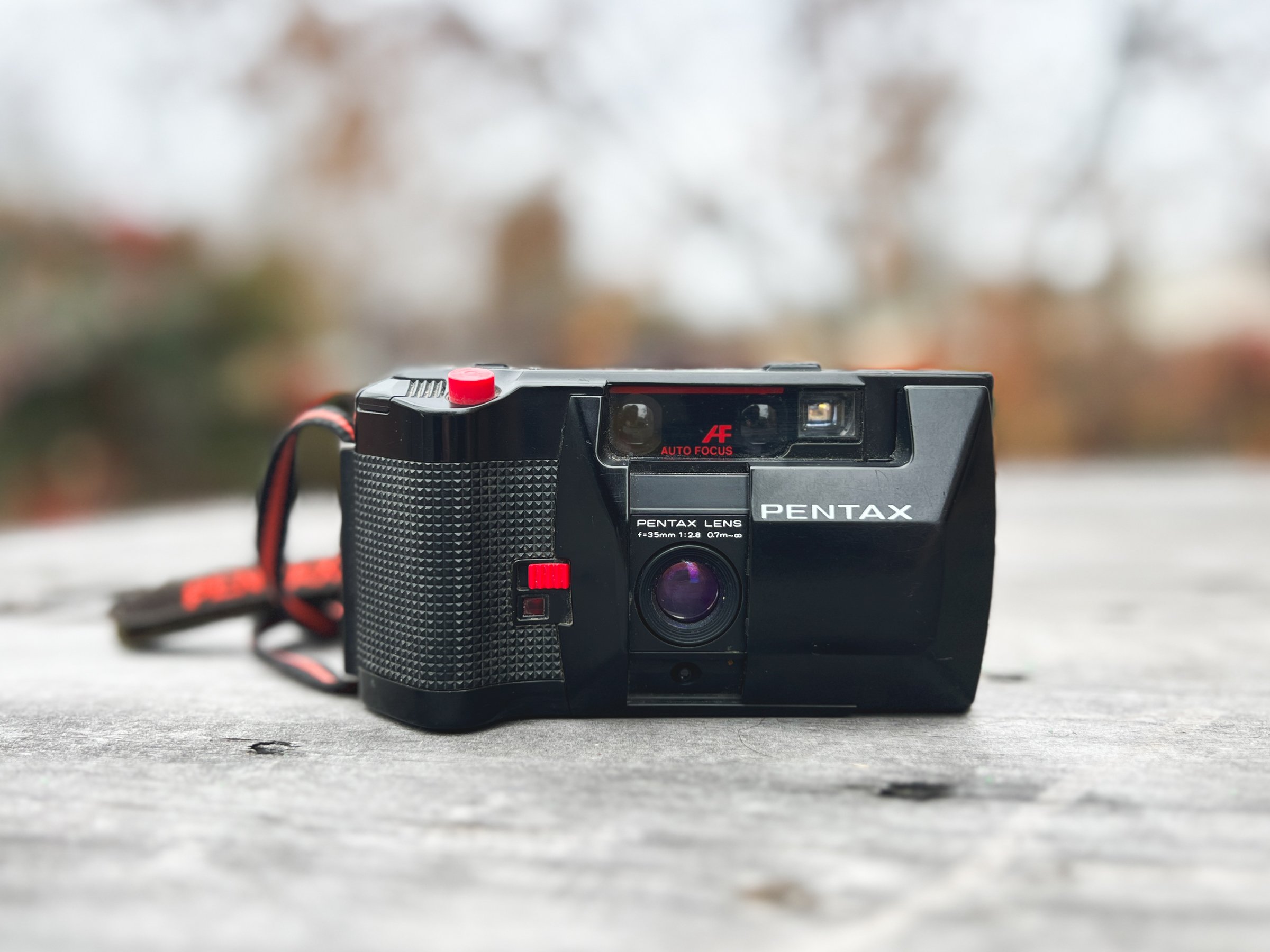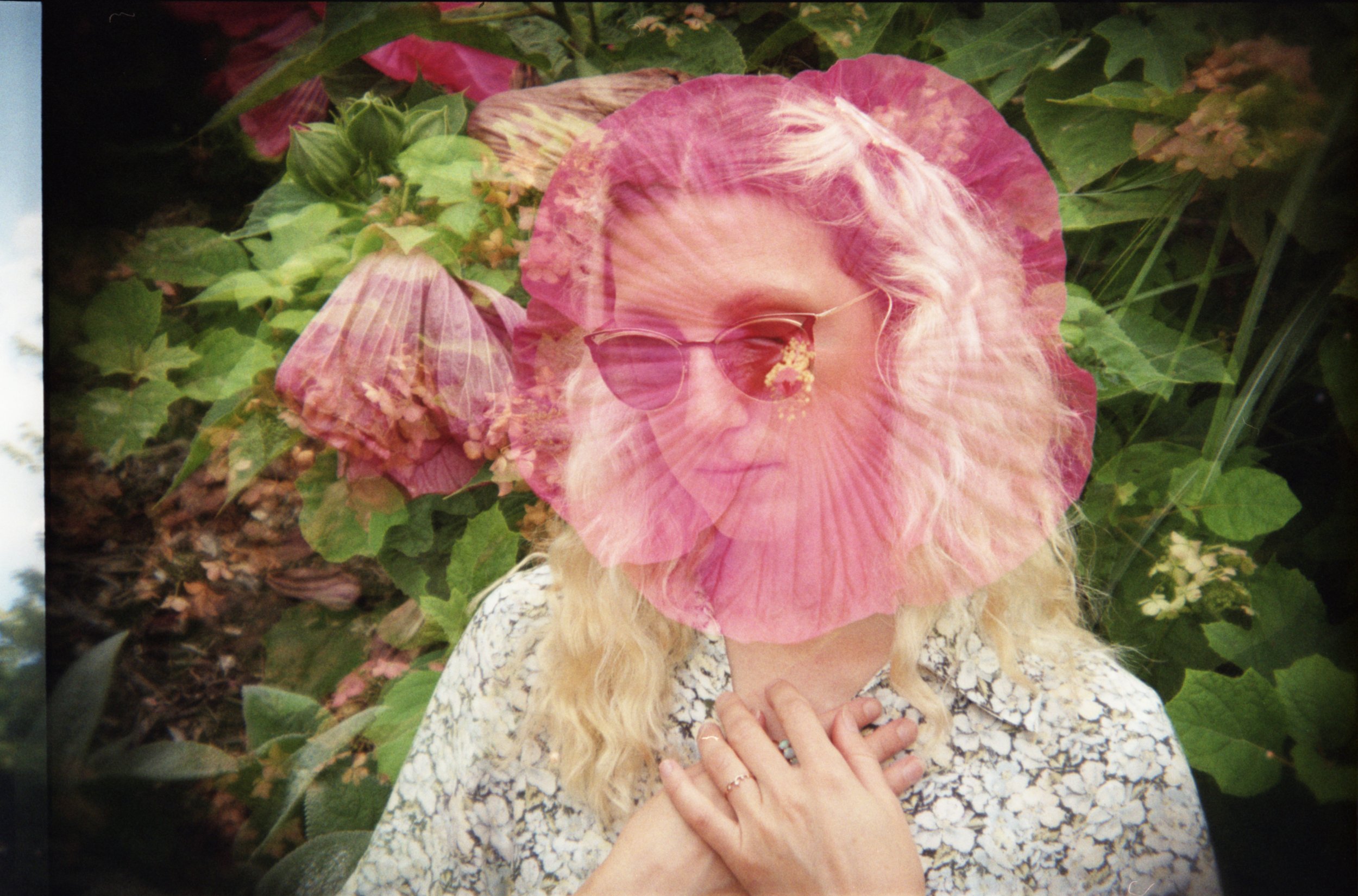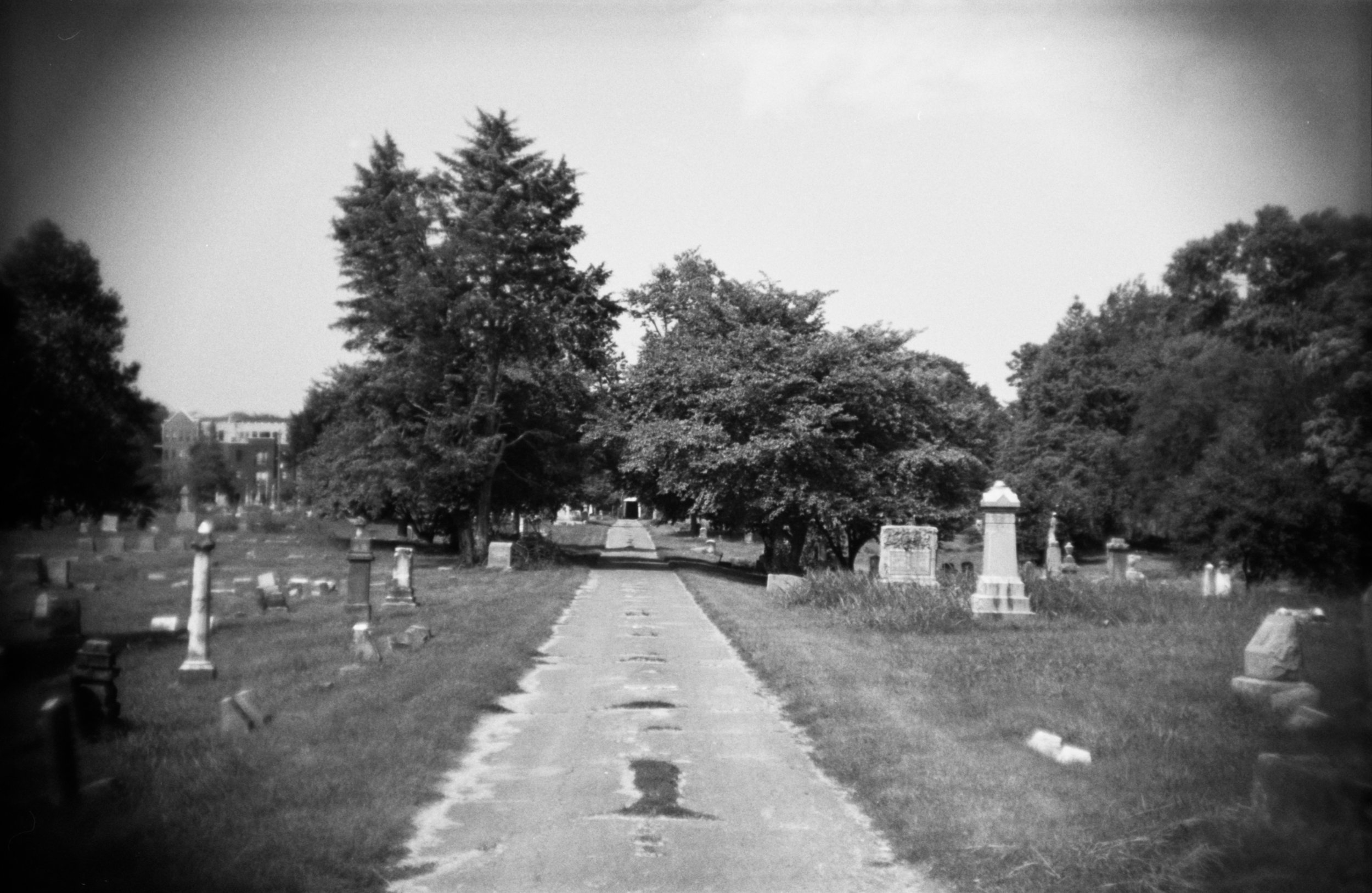(By using the links and/or codes in this blog post it supports Myles Katherine Photography. We may get a small kick back by you doing so.)
I’ve used quite a few 35 mm film cameras over the years and they each have a special place in my heart. However, there are a few that I’d recommend over others if you’re a beginning photographer or just getting into film photography. Film & digital photography are wildly different adventures, in my personal opinion. Digital photography is great in it’s own right, but every film camera has it’s own personality. They aren’t replaceable. Their internal software can’t be updated. They work when they want to work. It’s all part of the fun of film photography. It also teaches you how to live in the moment. You can’t see the photo you just took on the back of the camera. You have to wait to get the film developed. So the moments you capture are real and unedited. Once an image is ingrained in film, the negative exists in a drawer forever, not on your hard drive. As you can tell, I’m just a little bit obsessed with film photography. :) I wanted to share 10 of the best 35mm film cameras for beginner photographers (in my opinion, of course) and why I recommend each one!
1. Nikon FE2/FE
The Nikon FE2 is one of the pricier 35 mm cameras that I own, but it’s also the one 35 mm camera I won’t leave home without. I use the Nikon NIKKOR 50 mm f/1.4D lens and I’m absolutely obsessed with the way the photos look. They are dreamy, sharp, and beautiful. It’s definitely the most professional, sharpest 35 mm camera in my collection and I can’t imagine ever selling it. If you’re looking for a 35 mm camera that borders on amateur/professional, or you want room to grow, this is a great option. It has a dedicated aperture priority mode which is why I included it in this list. You don’t have to fully understand photography to be able to use this camera. You choose the aperture and the camera will do the rest for you. However, the lens itself is fully manual so you do have to focus the image yourself. It takes some getting used to, but there is something truly magical about this camera. It also has a dedicated multiple exposure option, which is why I went with this camera over a few of the other 35 mm cameras in this price range. This allows for creativity and experimentation once you get the hang of shooting film. :) The Nikon FE is similar, so either one is a great choice. However, the Nikon FE doesn’t have a dedicated multiple exposure lever. If multiple exposures aren’t your thing, than the Nikon FE would be a great choice and might save you a little bit of money. You can read my full review of the Nikon FE2 here or you can watch my YouTube videos about the Nikon FE2 here or here!
WHERE TO BUY
Nikon FE2
Nikon FE
LENS (uses F Mount lenses):
50mm f/1.4 AF Nikkor on Amazon
50mm f/1.4 AF Nikkor on KEH Camera
35-70mm f/3.3 AF Nikkor (more affordable zoom lens)
2. Canon AE-1 Program
I don’t personally own a Canon AE-1 Program myself, but I convinced my sister to buy one and we made a YouTube video about it while we were traveling in Budapest together. You can watch our video on my YouTube channel here! The Canon AE-1 Program is sort of a cult classic. Everyone loves this camera. Everyone will be jealous of you if you own this camera. I’m jealous that my sister has one! But my Nikon FE2 is quite similar to it in terms of the features and settings, so it doesn’t make sense for me to get one at this time in my life. Maybe one day! What’s nice about the AE-1 is that it includes a full Auto setting, which basically makes it a point-and-shoot camera, but with much better results! You still have to manually adjust the focus, but the camera will automatically set the shutter speed and aperture. It’s an incredible camera and perfect for beginners who are just starting out with film photography. Whenever my sister shows me her photos from her travels, I’m always blown away. The focus can be a little difficult to get right, but if you’re patient and willing to learn, you can get some absolutely stunning images. This is another one of those cameras that you’ll never want to sell. This one will stay in your collection for a lifetime.
WHERE TO BUY
Canon AE-1 Program:
Canon FD 50mm f/1.4 Lens:
3. Holga 135BC 35 mm Camera
You guys know I’m obsessed with the Holga 120 GCFN. But I’ve recently gotten into the Holga 135BC, which is the 35 mm version of the camera. You can read my full blog post about the 35 mm version here and see tons of sample images or watch my YouTube video here! The Holga, in general, is in a league of it’s own. It’s sort of an acquired taste. They can be notoriously finicky, but they are also a true testament to the magic of film photography. Holga cameras are known for their quirks and light leaks, but they are also known for creating surreal, unusual images. Many of my favorite images I’ve ever taken have been with a Holga. The 35 mm version is a great place to start if you’re interested in challenging yourself or getting creative. There is nothing more exciting to me than getting back a roll of Holga film. You just never know what you’re going to get! I will say this - if your first roll of film doesn’t turn out, you have to try again. It takes a few rolls to get the hang of it, but I promise you, it’s worth it. Plus, these cameras are incredibly cute up on the shelf too, so if you get tired of it or need a break, just set it up on the shelf for decoration! I have over a dozen Holgas now because they come in lots of different colors. If you’re interested in reading more about the 120 version of the Holga, you can check out my blog post about it here. My sister actually received a 35 mm Holga from her husband for Christmas one year, and it’s become one of her go-to travel cameras. It took her a few tries to understand how the camera works, but now she loves it and brings it on every trip with her now!
WHERE TO BUY
4. Minolta Maxxum STsi
The Minolta Maxxum STsi is my secondary go-to 35 mm camera when I travel. It’s really hard for me to leave it behind because it has a special mode that is difficult to find on most 35 mm film cameras - a panorama mode. Some people could care less about the panorama mode, but for me, it’s a necessity when I’m traveling. I’m often at the top of a mountain or bell tower and find myself wanting to capture the entire scene. The panorama mode on my phone just doesn’t cut it for me. I used to use the Vivitar IC101 camera for panorama photos while I was traveling, but when I found the Minolta Maxxum STsi, it immediately replaced it because the images are much, much sharper. Not to mention, it’s extremely easy to switch to the pano mode. There is a little lever on the side of the camera that you can switch at any time in the middle of a roll of film. And you can switch it as many times as you’d like! You can check out my YouTube video and blog post about the Minolta Maxxum STsi if you want more info!
WHERE TO BUY
Minolta Maxxum STsi Camera Body:
Lens:
5. KS Super II
This is one of the newest additions to my collection and I just recently posted a YouTube video and blog post about this camera too! The KS Super II was actually released under the department store brand, Sears, in the 1980s. It’s technically a Ricoh XR-7 in disguise, just rebranded for Sears. The Ricoh XR-7 is probably a little easier to find out in the wild since the Sears model was a short-lived version of it. I was lucky enough to get a KS Super II in super good condition and I’ve only shot a few rolls with it so far. However, it’s simple to use and a great camera for traveling. It has an Aperture Priority setting as it’s main “Auto” setting, and then a flash setting. While this camera is a bit limited in terms of creativity and features, it’s great if you’re looking for a starter camera with a decently sharp lens at a good price. It has a cute, rugged metal alloy frame and has that classic 80s camera vibe. While I’d put this one a step below the Canon AE-1 Program and Nikon FE2, it still takes lovely photos and is super fun to use. I took it with me on a beach day and love how the photos turned out. I won’t be selling mine anytime soon, also because it was a hand-me-down from a family member. But the shutter sound is very satisfying and it just feels nice in your hand. I’m looking forward to trying this one out a bit more!
WHERE TO BUY
WHERE TO BUY A RICOH XR-7
6. Pentax K1000
While I don’t own a Pentax K1000, it was the camera that I almost went with before being convinced to buy the Nikon FE2. I had a photographer friend who shot with the Pentax K1000 and I loved how her photos looked. But after chatting with a sales associate at a used camera store, I realized that the Nikon FE2 was more suited for me because of the multiple exposure setting. However, if multiple exposures aren’t your jam, the Pentax K1000 is an amazing 35 mm camera. It’s another one of those cult cameras that can be somewhat difficult to get your hands on for a good price. But it has that classic silver and black body and super sharp lenses if you go with ones like the Pentax 50 mm f/1.4 or the 28 mm f/2.8 lens. I’m still hoping to get my hands on one of these someday. If you stumble upon one, don’t leave it behind!
WHERE TO BUY
Camera Body:
Lens (uses K-mount lenses):
Pentax 28mm f/2.8 Lens
Pentax 50 mm f/1.4 Lens
7. Pentax PC35AF-M
The Pentax PC35AF-M sort of snuck up on me. I have no idea where I got it from or how it ended up in my collection. It’s a point-and-shoot 35 mm camera with a pop-up flash from the 1980s. I was pleasantly surprised by the sharpness of the lens, but it’s not surprising considering it’s a Pentax with an f/2.8 lens. The only downside is that the battery compartment tends to pop open a lot, but I just make sure to keep it taped shut! This is another camera that I’ve only used a handful of times but it’s a great camera for travel because it’s compact and simple to use. I took it with me to Boston and Salem, Massachusetts not too long ago and I love the photos I ended up with. It does not have a multiple exposure function though, so for me, it won’t be coming with me on all of my adventures. However, I might bring it out for a day trip or a wedding every once in a while. :) You can read more about it on my blog here.
WHERE TO BUY
8. Canon Rebel G
The Canon Rebel G is very special to me because it’s the camera my mom used when I was kid to capture our every day moments. And I mean, the very camera in the photo above is the one she used. It’s funny how those photos from our childhood seem to have such a specific tone and mood to them. But it also has to do with the film they used to make back in the day. Unfortunately, a lot of those film stocks don’t exist anymore, but I find that I can get pretty close with Fujifilm 400 35 mm film or Kodak Gold 200 35 mm. This camera has a ton of different features and settings, so if you’re looking to get creative, you’ll probably enjoy using this camera. It has modes like sport, portrait, macro, multiple exposure, night, etc. It also has a full auto mode so if you just want to keep it simple, you can do that too! I have a YouTube video and blog post about this one too, of course. :)
WHERE TO BUY
Camera Body:
Lens:
9. Minolta Hi-Matic AF2
The Minolta Hi-Matic AF2 is another standard point-and-shoot camera, so if you’re looking for the most basic cameras that are the easiest to use, the point-and-shoots are the way to go. It’s exactly what it sounds like - you just point, and shoot! You don’t have to adjust any settings or waste time focusing the lens. The lens is autofocus and the camera will automatically set the best aperture and shutter speed to get the correct exposure. I took the Minolta Hi-Matic with me to Portugal last year and tested it out for the first time. It was such a perfect camera for travel because of it’s simplicity. I’m definitely planning on trying this one out again soon! You can read my blog post about it here, or watch our YouTube video about this camera in Portugal here!
WHERE TO BUY
10. Canon Rebel K2
My beloved Canon Rebel K2. While some might argue that there’s nothing special about this camera, I’d beg to differ. The Canon Rebel K2 was my very first 35 mm camera and I still remember my first roll of film I ever shot with it. There is a nostalgia to the images that I just die for every time. It’s traveled with me all over the world and has been there for me on so many different occasions. I love my Canon Rebel K2 so much. When friends and family members who are at the very beginning of their photography journey ask me which camera they should get, the Canon Rebel K2 is always my first recommendation. It has a full Auto setting, but also has a ton of different settings and features for getting more creative or learning more about photography. You can graduate all the way to using this camera fully manually if you’d like to. It’s also super affordable. The Canon Rebel G that I mentioned earlier is very similar to this camera, but for some reason, I just like the photos of the Rebel K2 a bit better. I also use a zoom lens with my Canon Rebel K2, which allows it to be much more versatile when traveling. I can zoom in and get a beautiful portrait, or I can zoom out and capture a full city street. It also has autofocus, so you don’t have to waste your time trying to get the focus right. Of course I have a full blog post and YouTube video about this one too, if you’re interested in seeing sample photos or reading more about it. :)
WHERE TO BUY
Camera Body:
LENS (uses EF mount):
FINAL THOUGHTS
I hope this blog post has helped you narrow down your search and decide which 35 mm camera is best for you. I’m happy to help in any way so feel free to send me a message here or leave a comment below! I can’t wait to try out more 35 mm cameras soon and make an even more extensive list for you. It’s so much fun for me to try out new cameras and see how they’re all different. No two film cameras are alike and I love that the opportunities for testing vintage cameras seems endless to me. There are so many more left out there in the world!
If you’re wondering what film stocks to try out with these cameras, check out my blog posts about Unique Film Stocks for 35 mm Cameras here or my Top 5 Favorite Color Films for 35 mm Cameras here. Or, here’s a quick list!
35 mm Film Recommendations
Kodak Pro Image 100 35 mm Film
If you found this post helpful or inspiring, I’d love it if you considered signing up for my Patreon! For as little as $1 a month, you’ll get early access to all of my YouTube videos, plus tons of photos that I don’t post anywhere else. Depending on which tier you choose, you could also receive seasonal prints and/or discounts! I always use all of the proceeds towards cameras, film & processing.
If you have any questions, I’m always happy to help! You can contact me here, or leave a comment below! Thanks so much for stopping by! You can also check out my B&H Photo storefront & Amazon Storefront for more camera/film recommendations. :) Have a magical day!
<3 Myles Katherine


